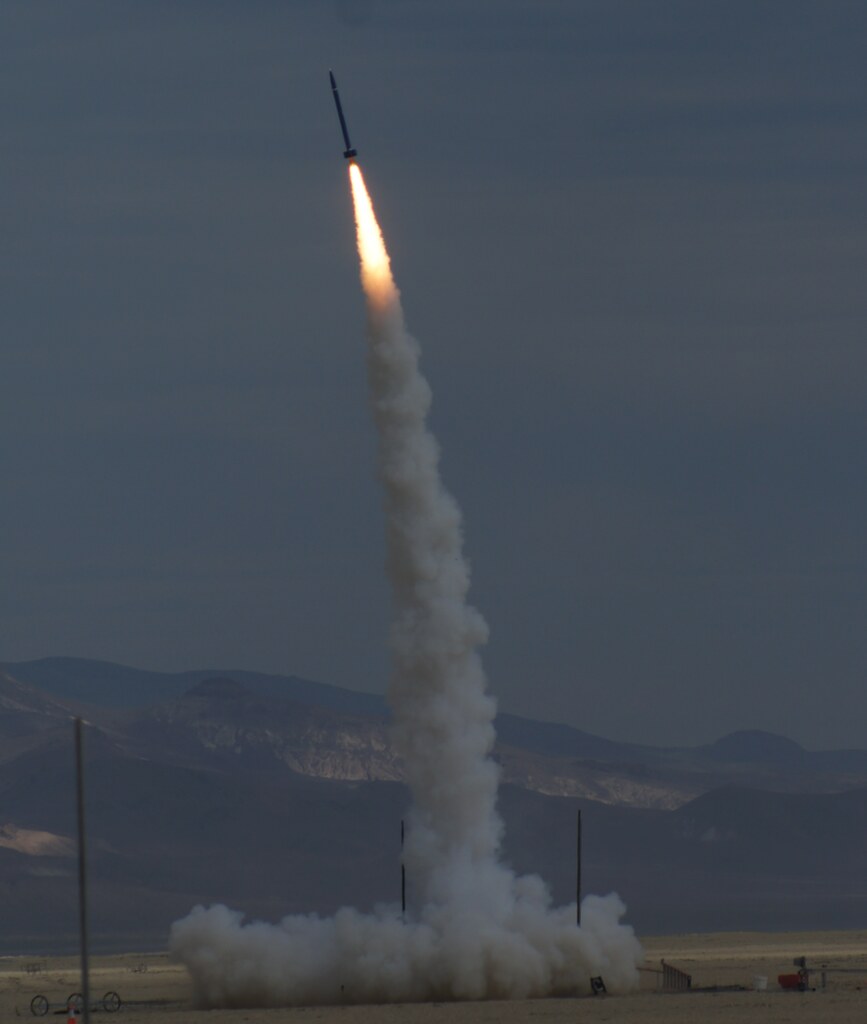iter
HPR Glider Driver
- Joined
- Jun 9, 2012
- Messages
- 2,144
- Reaction score
- 73
N2000 bought and paid for. Remember the Commitment/Aspiration photo? Now I get to fill that aspiration with AP.
Too bad I can't take physical delivery of the motor until two weeks from now. California law prohibits sale of motors larger than M. I have to wait until the vendor and I are both in Nevada for AeroNaut to handle the motor myself.
Also, confirming N2000 flight at Aeronaut in two weeks.
Ari.
Too bad I can't take physical delivery of the motor until two weeks from now. California law prohibits sale of motors larger than M. I have to wait until the vendor and I are both in Nevada for AeroNaut to handle the motor myself.
Also, confirming N2000 flight at Aeronaut in two weeks.
Ari.






















